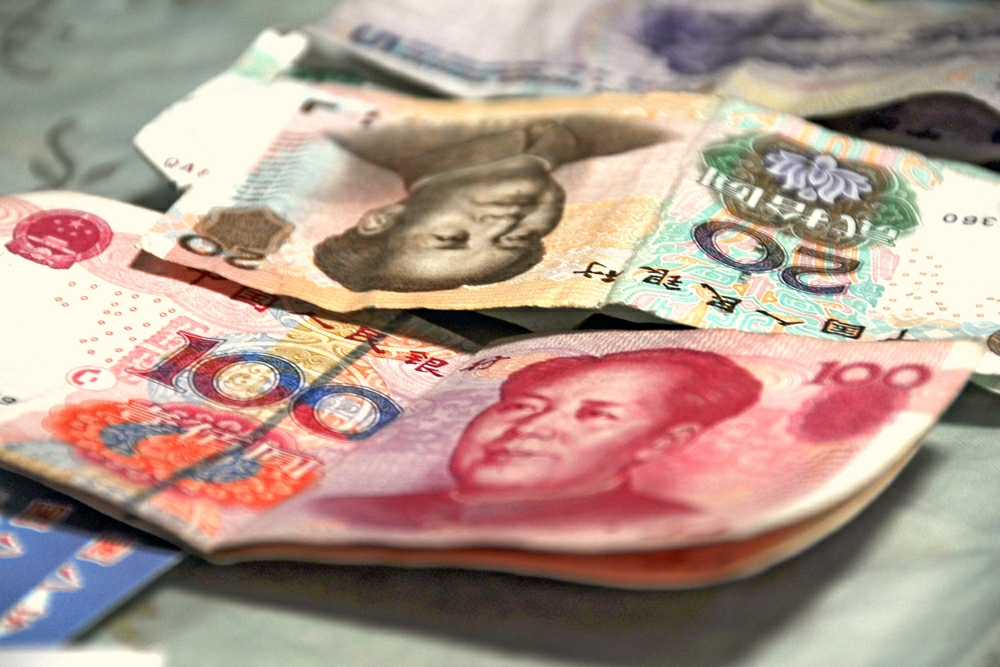The controlling shareholder of Nanjing-based solar module manufacturer and project developer ET Solar has filed for bankruptcy in a Chinese court.
Taitong Industry Ltd, which holds a 23.82% stake in ET Solar, applied for bankruptcy in the city of Taizhou, Jiangsu province, in December due to unliquidated debt, pv magazine has learned.
The news is the latest shock for ET Solar, whose ET Solar Inc U.S. module distribution subsidiary filed for Chapter 11 bankruptcy in December 2017, reporting assets of less than $50,000 against debts of $10-50 million. In August, California-based ET Solar Inc announced it had settled its Chapter 11 claims and was reopen for business amid a booming U.S. order book, thanks to the help of new backers. Those investors in ET Solar U.S. were the Yuanfar subsidiary of state-owned China Aerospace Science and Technology Group and the Wuxi Bardon Co Chinese solar module manufacturing business which it is understood also received support from Yuanfar.
Two businesses
ET Solar underwent a restructuring in 2018 which saw all its operations outside mainland China separated into independent entity ET Solar Power Hong Kong Ltd. Private company ET Solar Hong Kong has contacted pv magazine to highlight it has had no connection to Taitong since the reorganization.
“After the restructuring of [the] original ET Solar, all its overseas business and the brand rights worldwide – excluding mainland China – were transferred to ET Solar Power Hong Kong and its associated companies,” the Hong Kong operation stated. “The domestic part [of the former business], also with [the] name of ET Solar, is now an isolated business unit and has no relationship with ET Solar Power Hong Kong Ltd.”
Taitong Industry owner Wang Xinghua – the effective controller of ET Solar – quit as chairman of the latter in July, in the wake of the departure of CEO She Haifeng, who jumped ship to Chinese rival Longi.
History
ET Solar was founded in 2005 and originally focused on module manufacturing. In 2008, the company turned to engineering, procurement and construction (EPC) services and gradually became the largest Chinese solar EPC in the world. In 2012, ET Solar established its U.S. branch and, by the end of 2018, had developed around 3 GW of solar generation capacity in more than 50 countries.
The company returned to its heartland in 2015 to exploit a blooming domestic market after an unsuccessful IPO attempt in the U.S. However, much tighter operating margins in China affected capital reserves.
In early 2018, ET Solar again tried to go public, this time via a backdoor listing in China, but after almost a year the procedure was terminated because of equity pledges which fell short of Chinese listing requirements. At the same time, the abrupt u-turn on public subsidies for solar plants announced by Beijing at the end of May 2018 hammered the business and many of its Chinese EPC peers.
This article was amended on 05/02/20 to indicate the ET Solar Power Hong Kong Ltd business created in 2018 to manage the ET Solar brand outside mainland China has no links to the ET Solar Chinese operation potentially affected by the bankruptcy proceedings initiated by chief shareholder Taitong Industry Ltd.
This content is protected by copyright and may not be reused. If you want to cooperate with us and would like to reuse some of our content, please contact: editors@pv-magazine.com.



By submitting this form you agree to pv magazine using your data for the purposes of publishing your comment.
Your personal data will only be disclosed or otherwise transmitted to third parties for the purposes of spam filtering or if this is necessary for technical maintenance of the website. Any other transfer to third parties will not take place unless this is justified on the basis of applicable data protection regulations or if pv magazine is legally obliged to do so.
You may revoke this consent at any time with effect for the future, in which case your personal data will be deleted immediately. Otherwise, your data will be deleted if pv magazine has processed your request or the purpose of data storage is fulfilled.
Further information on data privacy can be found in our Data Protection Policy.